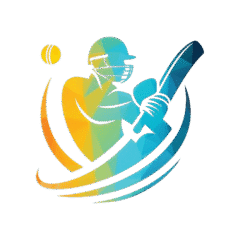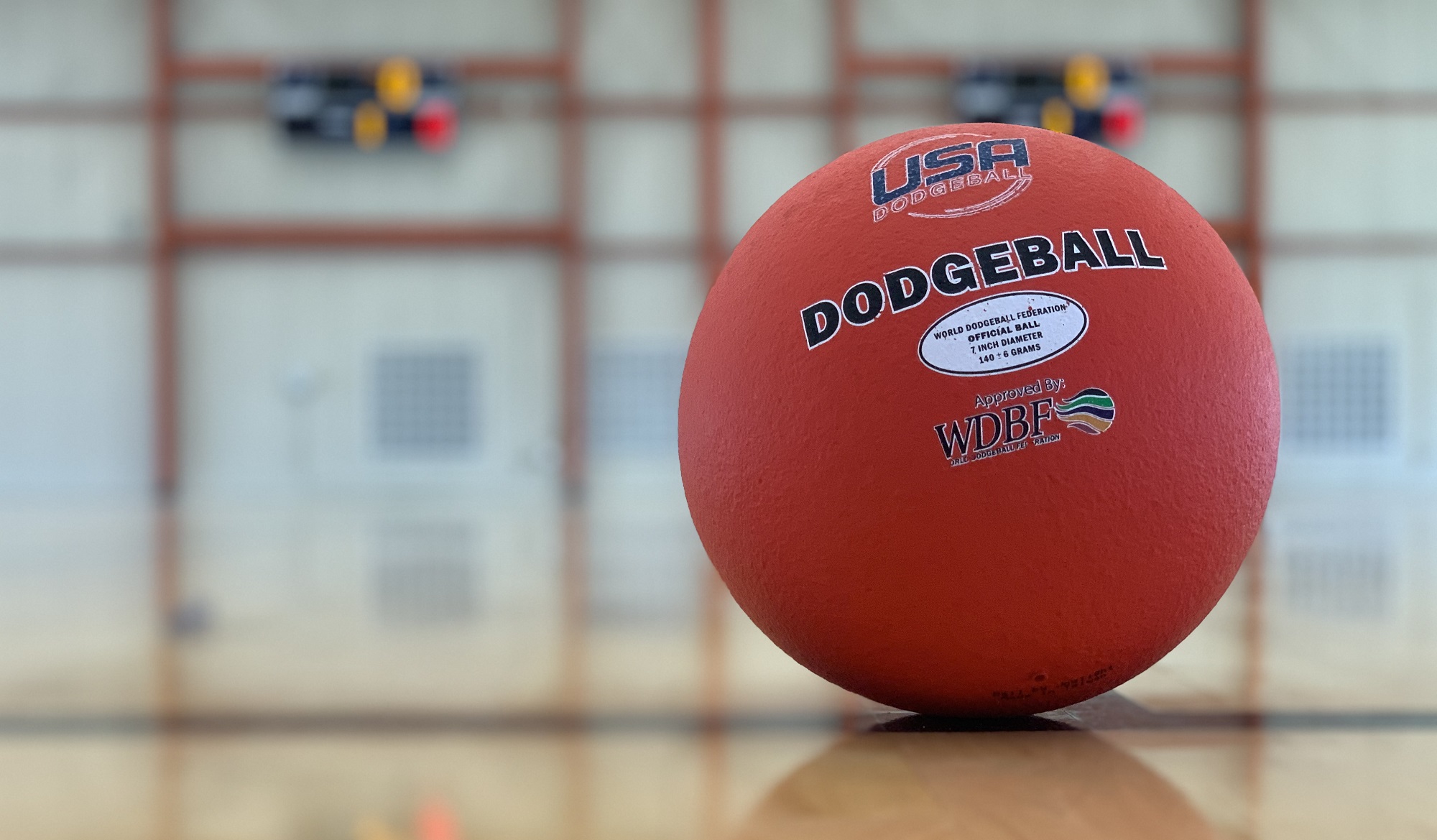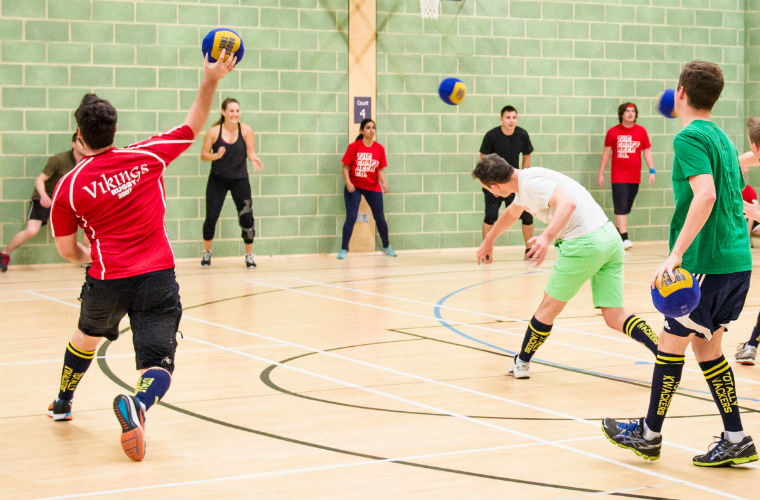12 Soccer Dribbling Drills to Improve Ball Control and Footwork (2024 Update)
Dribbling is one of the most fun and creative parts of soccer. It’s the skill that lets you glide past defenders, keep control in tight spaces, and dictate the flow of the game. But let’s be honest—it’s also one of the most misunderstood. Great dribbling isn’t about flashy tricks or showing off. It’s about control, timing, quick footwork, and making smart decisions.
If you want to improve your dribbling, you need consistent practice—and the right kinds of drills. That’s where this guide comes in.
We’ve rounded up 12 tried-and-true soccer dribbling drills that help players develop tighter control, faster footwork, and better confidence on the ball. Whether you’re training alone or with teammates, these drills can be adapted to any level—youth, high school, or competitive club players.
Let’s dive into the drills that will transform your dribbling from average to elite.
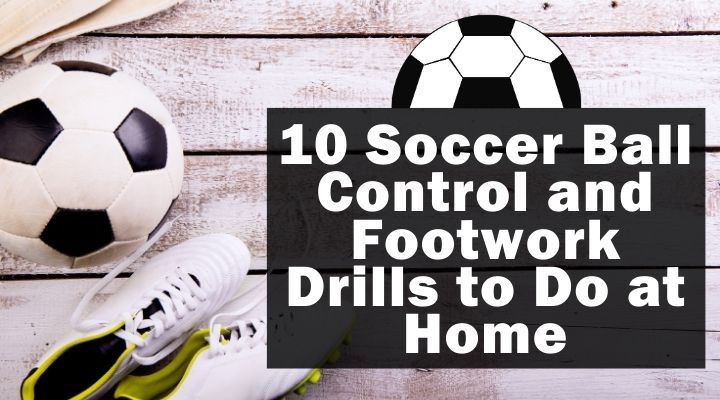
1. Cone Weaving Drill
What it improves: Close control, left/right foot coordination
Set up a line of cones about 1 yard apart and weave through them using small, controlled touches. Go slow at first, then increase your pace while keeping the ball close.
Advanced tip: Use only your left foot on one round, then only your right foot on the next.
2. Inside-Outside Touches
What it improves: Ball control, rhythm, footwork precision
Stand in place or move slowly forward while using the inside and outside of one foot to move the ball side to side.
Pro tip: Keep your head up as much as possible to simulate game awareness. Add cones to guide your path for more challenge.
3. Pull-Push Drill
What it improves: Sole control, quick foot transitions, deception
Use the sole of your foot to pull the ball back, then immediately push it forward with your laces or inside foot.
How to do it:
- Start standing still.
- Pull the ball toward you, then push it forward.
- Repeat with both feet.
Advanced variation: Add a cone to dribble around after each pull-push to simulate a defender.
4. Figure Eight Dribbling
What it improves: Dribbling turns, agility, and body positioning
Place two cones about 3 yards apart. Dribble the ball in a figure-eight pattern around them, focusing on using both feet.
Pro tip: Use the inside of the foot to cut tight corners. Stay low and shift your body with each turn.
5. Dribble and Sprint
What it improves: Control at speed, change of pace, acceleration
Set up a dribble zone (10–15 yards) with cones. Dribble through with tight touches, then explode into a sprint when you reach the end.
Advanced tip: Add a coach or partner to chase you after the sprint to simulate game pressure.
6. Gate Dribbling Drill

What it improves: Directional control, decision-making
Place 8–10 gates (two cones each, 2–3 feet apart) randomly across an area. Dribble through as many gates as you can in 60 seconds.
Pro tip: Keep your head up and plan your path. Try using your weaker foot for an added challenge.
7. 1v1 Mirror Drill
What it improves: Defensive reads, reactive dribbling, creativity
In pairs, one player dribbles while the other mirrors their movement as a defender. The attacker makes quick changes of direction, feints, or turns.
Pro tip: Stay unpredictable. Use body movement to fake one way and go the other.
8. Tight Space Box Drill
What it improves: Ball mastery, confidence in small spaces
Set up a small square (about 5×5 yards). Inside the box, dribble using a variety of touches—inside, outside, sole rolls, and scissors. Keep the ball moving constantly.
Advanced tip: Time yourself for 30-second rounds. Try to increase intensity and minimize stops.
9. Zig-Zag Dribble and Turn
What it improves: Turning technique, ball control under movement
Set up cones in a zig-zag formation. Dribble through the cones, using cuts, step-overs, or turns (like Cruyff or drag-back) at each cone.
Pro tip: Practice multiple turn types and use both feet to stay balanced.
10. Speed Dribbling with Change of Direction
What it improves: Explosive movement, control while sprinting
Set up a long dribble path (20–30 yards). Start by dribbling fast, then change direction sharply at marked cones using inside/outside cuts or step-overs.
Advanced tip: Have a teammate or coach point left or right at each cone to add unpredictability.
11. Obstacle Course Dribble
What it improves: Overall footwork, reaction time, adaptability
Create a fun obstacle course using cones, poles, chairs—anything you have. Include dribbling through tight gates, turning, sprinting, and stopping.
Pro tip: Use a timer to create a fun challenge. Try to beat your best time without losing control.
12. Shadow Dribbling
What it improves: Movement mimicry, defensive reading, control
Pair up with a teammate. One player dribbles while the other follows closely behind, mimicking movements. After 30 seconds, switch roles.
Pro tip: As the leader, throw in sudden changes in pace and direction. As the follower, focus on tight control and responsiveness.
Pro Tips for Mastering Dribbling
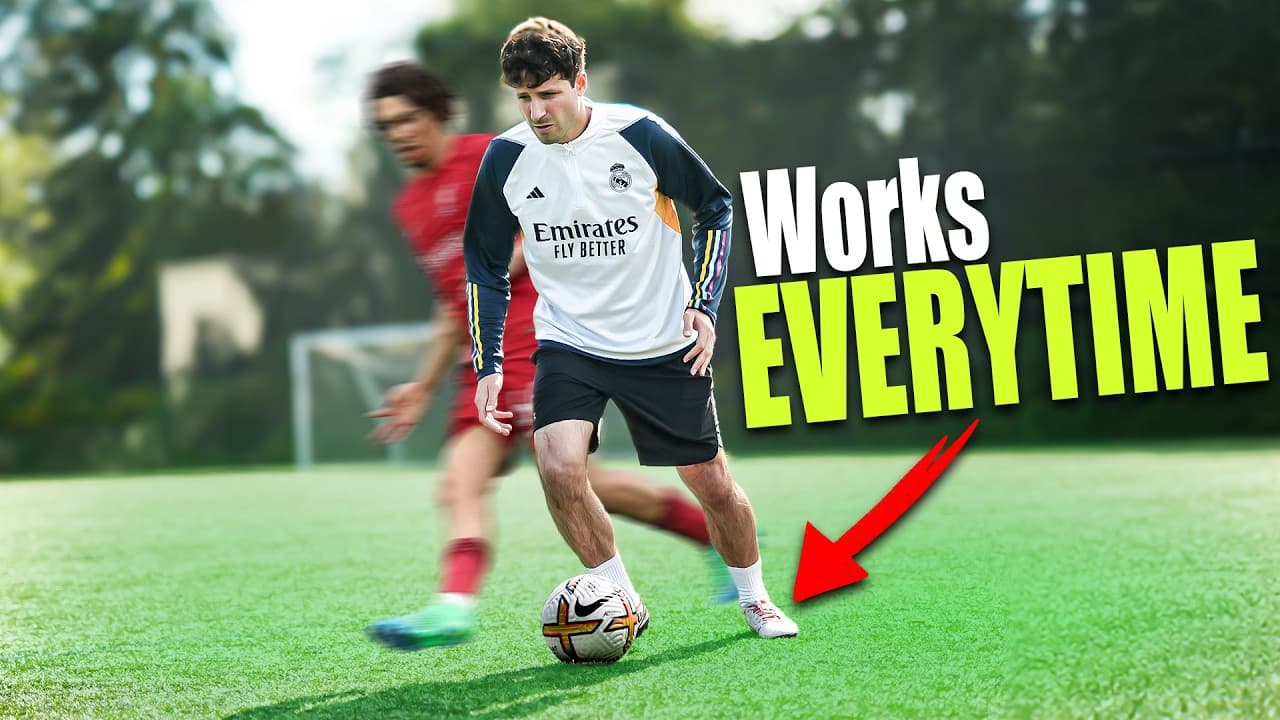
- Keep your head up. The best dribblers are aware of their surroundings—not just staring at their feet.
- Use all parts of your foot. Laces, inside, outside, and sole. The more versatile your touch, the harder you are to stop.
- Train both feet equally. You can’t become unpredictable if you always go the same way.
- Vary your speed. Sometimes slow, sometimes explosive. This keeps defenders guessing.
- Practice under pressure. Add defenders, timers, or limited space to simulate match conditions.
Table of Contents
FAQs – Soccer Dribbling Drills
Q1: How often should I practice dribbling drills?
A: Aim for 3–5 times a week, even just 20–30 minutes per session. Consistency matters more than long hours.
Q2: Can these drills be done alone?
A: Absolutely! Many of these drills are solo-friendly. All you need is a ball, some cones (or objects), and a bit of space.
Q3: How do I improve dribbling with my weak foot?
A: Force yourself to use your weak foot during drills—start slow and increase speed over time. It feels awkward at first, but it pays off.
Q4: Are these drills good for kids?
A: Yes, all drills are adjustable for age and skill level. For younger kids, focus more on fun and repetition rather than strict form.
Q5: What’s the most important aspect of dribbling?
A: Control and decision-making. Fancy moves don’t matter if you lose the ball or make the wrong decision. Always dribble with purpose.
Final Thoughts: The Ball Should Feel Like an Extension of Your Body
Dribbling is one of those skills that separates average players from great ones. It’s not about showing off—it’s about control, creativity, and confidence. The more comfortable you are with the ball at your feet, the more options you’ll have on the field.
These 12 dribbling drills give you everything you need to become a more dynamic and dangerous player. They’ll help you master close control, improve coordination, and build confidence to take on defenders—even in tight spots.
Whether you’re practicing alone, training with teammates, or coaching a youth team, these drills will make a big impact when done consistently. Remember: repetition builds muscle memory, and muscle memory builds magic.
So grab your ball, set up a few cones, and start practicing. Your future self—and your teammates—will thank you.
